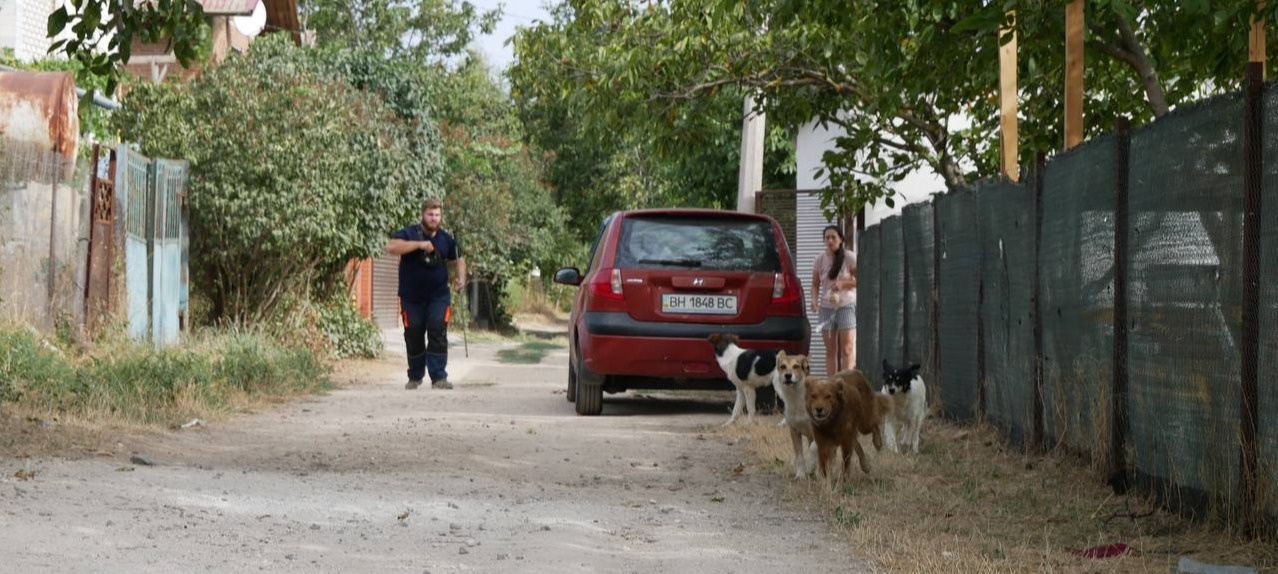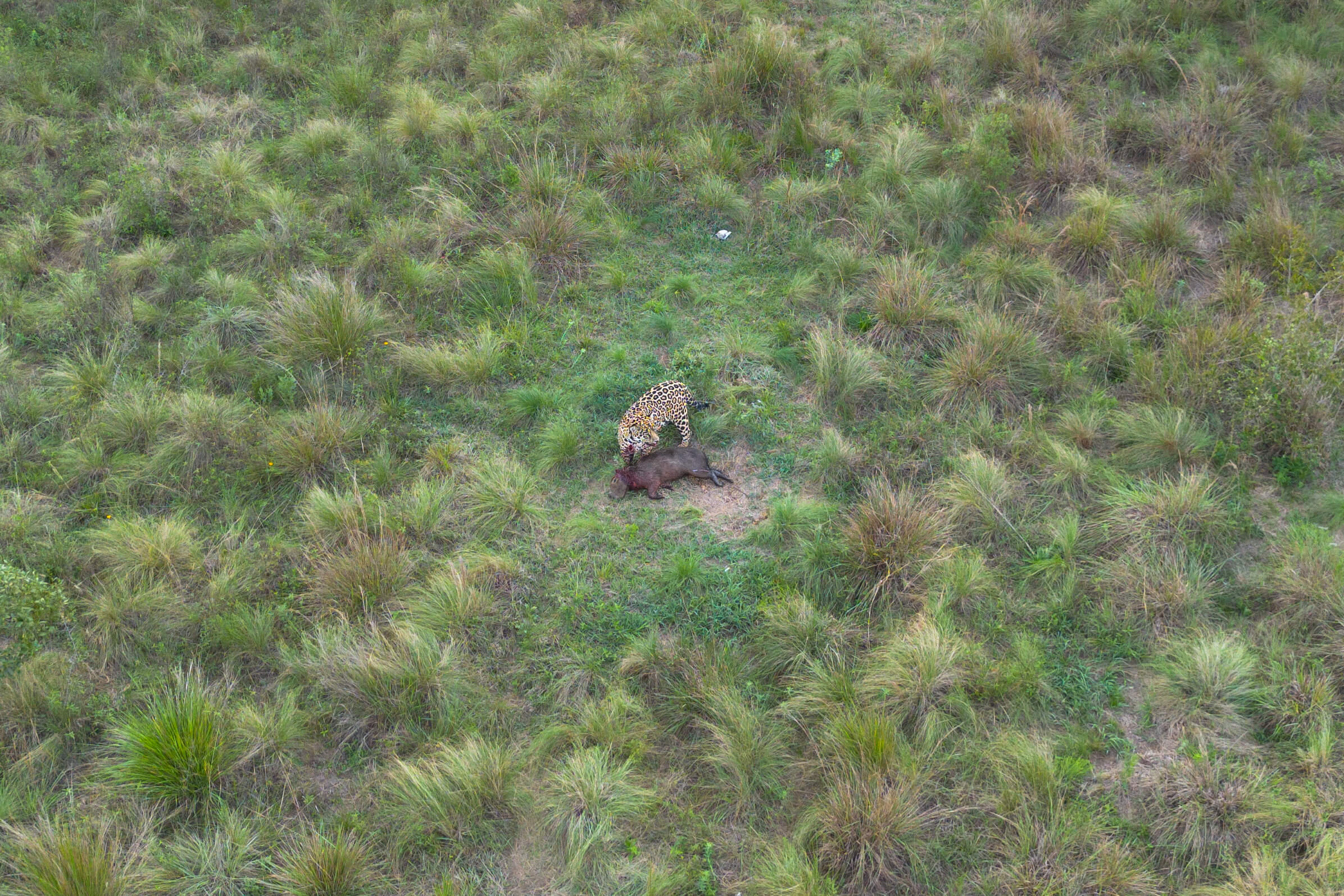Poaching remains a continuous threat to wildlife in the Mara Triangle in Kenya, and the Mara Conservancy puts significant effort into reducing it. In this endeavor, the conservancy’s canine unit plays an important role.
“We have both trackers and sniffers. We have bloodhounds that can easily track the poachers that transport meat for sale or consumption, and the sniffers are Springer Spaniels that are very good at detecting everything from ammunition to pangolin scales,” explains Dr. Ashif Hafiz, who oversees the canine unit healthwise and ensures they are always ready to go into the field.
.jpg?width=2048&height=1641&name=dr%20ashif%20cub%202%20(1).jpg)
Caring for the canine unit
As a wildlife veterinarian at Mara Conservancy, supporting anti-poaching efforts by caring for the canine unit is an important part of his work, as is tending to the wild animals that get injured in human-wildlife conflicts.
“A lot of the problems arise when zebras, giraffes, or elands enter the fields and farms, and they start to eat the crops that were meant for the farmers' cows, goats, or sheep. So we see a lot of snaring cases, and some cases with machete or arrow wounds,” says Dr. Ashif Hafiz.
“We are often alerted by rangers or community scouts, and depending on the wound, we try to treat the animals. If it's a manageable injury, we immobilize the animal and then treat it accordingly. If it's something that involves the tendons or a fracture, we will have to just alleviate the pain.”

47 successful immobilizations
During his first four months of working with the Mara Conservancy, Dr. Ashif Hafiz has done 47 immobilizations with his DANiNJECT JM rifle, all of them successful.
“It’s mostly been zebras, but we have also had some lion and cheetah cases. Most of the time, the wounds come from human-wildlife conflicts, but it can also be natural wounds from fights between the animals,” Dr. Ashif Hafiz explains.
As a wildlife vet, Dr. Ashif Hafiz has many tasks on his plate, and currently, much of his focus is directed toward researching wildlife to learn more about the unique traits of different species, the correct dosages, and how various species react to the administered drugs.
“I studied veterinary medicine, but my passion was mostly geared towards wildlife because it’s such a unique field and not many doctors are doing it in Kenya. So, I got an internship at Kenya Wildlife Services working under Dr. Mukami Ruoro, and that’s where I started seeing how unique this experience of dealing with various wildlife species is. It’s so completely different from a clinical setting, and I wanted to keep working with this,” he says.
He can also look forward to some interesting upcoming tasks.
“We will be managing some interesting translocation projects with animals that will be moved to the Mara, and we would also like to establish an orphanage. Today, we transport, for example, orphaned cheetah cubs to Nairobi National Park and their animal orphanage, but we would like to have one here as well,” Dr. Ashif Hafiz says.



.jpg)

